I’m very proud to promote a new article I just co-authored with my buddy Brad Schoenfeld on core training. We worked very hard on this one and I feel it’s without a doubt the best core article ever written to date. Check out the chart on the final page, it does an excellent job of summarizing the different types of core exercises. It’s a free pdf so you can download the article and save it for future reference. Click on the link below to read/download the article:
Strategies for Optimal Core Training Program Design
Moving on, here are two new glute exercises that I’ve been performing as a warm-up prior to my workouts. I aim for quality, not quantity, and do a couple sets of 6-10 reps on each side with both movements. I really like these for full range hip strength and functional flexibility. The first is performed from a standing position and works on a more hip-neutral ROM, whereas the second is performed from a quadruped position and works on a more hips-flexed ROM. Both involve the same principle. If you do them right you’ll feel them working both hips very effectively, but you need to concentrate and utilize proper body position and movement.
Double Standing Hip Abduction
Double Quadruped Transverse Hip Abduction
I’m assuming that other physios or coaches have thought of these before but I’ve never seen or heard the names so I had no other choice but to make up very complex-sounding names for both exercises. I know that yoga and Pilates have lots of these types of movements. I like these more than standing airplanes or fire hydrants. Give them a try, I hope you like them!
The first movement feels a little “Tai Chi – esque.”

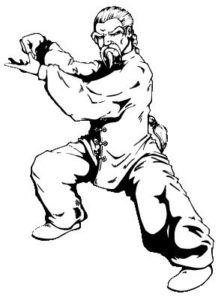
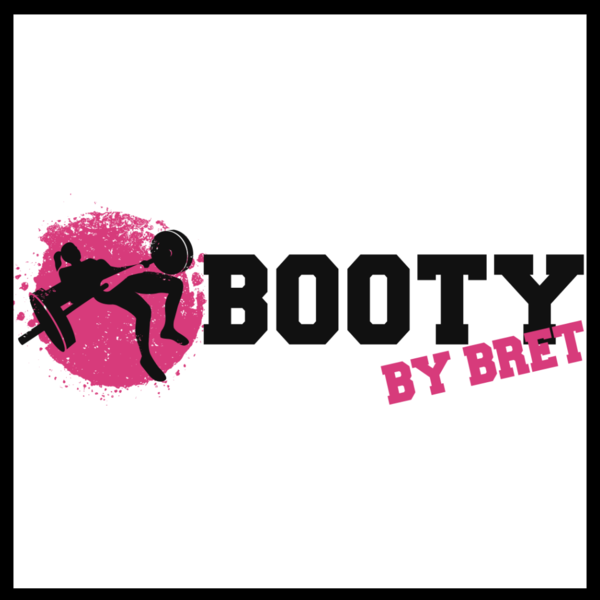
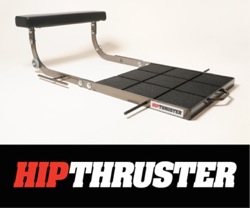
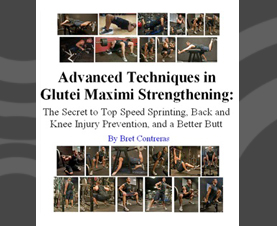
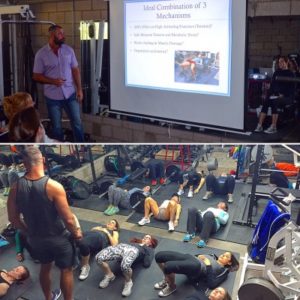
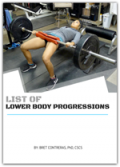
Hey Bret – pretty cool exercise – looks similar to chambering a turning (round-house) kick in karate, muay thai etc. I would possibly caoch this without shoes to increase proprioception and que the bent knee to “slide down the supporting leg and past the knee” then “up and away to 9 or 3 oclock.
what do you think
Hey Brett
Sorry but it’s Dave agian – have you thried the (DQTHA) with resistance on the lifting leg, such as a dyna band attached to the supporting leg?
Hi David, I have not. Though I’m a huge fan of elastic bands, sometimes they don’t increase activation as they interfere with ROM, kinematics, or don’t accommodate the strength curve, and in this case I like just bodyweight. I believe light bands could be used but I don’t know where I’d anchor the bands as the motion is quite dynamic.
Bret,
Just started following your stuff, and it’s great. Always looking for new dynamic warm-up movements, glute specific exercises, and glute activation.
Will definitely start incorporating these. Thinking the one on the knees will be enough for most.
Thanks!
You should write a post on strength training for grappling sometime, I’d love to hear your thoughts on it.
I like the standing version. In pilates the kneeling version is called a kneeling clam (for obvious reasons). I also noticed that you take your arms wide and used them as leverage to abduct a leg in that position. Another variation on all fours is to align hands under shoulders and knees under hips and keep the weight even in the hands while performing the abduction (avoid weight transfer into the contralateral hand). It’s unlikely that you will reach 90degrees from this set up position but you will involve more stabilisers in the trunk.
Off to read all the other glut posts!
Hi Bret,
Thanks for the pdf, I noticed no ab-pulldowns on your list. I know powerlifters swear by it, but whenever I try it, I never seems to feel anything, if I go heavier, I seem to loose balance. What are your thoughts when you used them?
Btw, I think you and Brad have done a good job of bringing spinal flexion back in the picture.
Thanks,
Jay
Hi Bret,
thanks for these new glute exercises. I think I am going to try the quadruped version for the time being, until I fully recover from straining my lower back muscles due to performing a single-leg RDL back in June (I am ok now, of course, but I still can feel a little “something strange” in the back, that I did not have before).
Thanks again and, talking of glutes, I can’t wait to read the news regarding “Strong Curves”. I am looking forward to finding out all about it.
Bianca
Hi Bret, the other day I was thinking about the awesome single leg dead lifts that you once got me to do as part of my warm up drill and I had an idea to attach an ankle weight on the moving leg, to make the glute on that side work harder. Do you think that would be a good idea?
Nice workouts Bret! Keep them coming!
These new excercises look kind of “Tracy-Anderson-Style-Movements”.
Maybe she is not so dumb like some people (including me) think ^^
Ulyana, muscle force requirements are determined by vectors, resistance, and lever lengths. Many exercises put more tension on the glutes in various ranges than certain barbell lifts with heavier loads. This is why glute activation is so important. But I’m a big proponent of heavy lifting too, and a comprehensive glute program will have a variety of exercises.
Hey bret I have a few questions about hip thrusts. In what way does the hip thrust or glute bridge load the spine? (if it does at all). Also, do you think hip thusts/bridges along with alot of hip flexor stretching would help with neutralizing anterior pelvic tilt? I was thinking of coupling this with anti-flexion exercises such as ab wheel rollouts. Any suggestions? Thanks!
ps- I think it would be great if you could put athletes and other people’s success stories on this website ( you’ve mentioned athletes tell you they are faster). I think it would help people to give the hip thrust a try.
Hi Dan, of course they load the spine – all lifts that require core contractions do. But it’s nothing you need to worry about if you use good form and keep the lumbopelvic motion in check. I need to write an article on this topic as it’s sorely misunderstood in S&C. I believe that it’s hard to change APT but if anything can do it it’s glute and ab strengthening along with hip flexor stretching. Stretch the psoas and rec fem and do plenty of hip thrusts and rollouts (but ease into the rollouts as they can cripple you if you haven’t done them for a while, and excessive soreness is never ideal). -BC
Hi Brett. The standing hip abductions are ace. Tough, but I like em!!
Thanks bud
Hi Bret!
I would love to read this article, but unfortunately the link didn’t work. Is it possible to do something about that?
Thanks for sharing your knowledge!
Kind regards from Kirsten
same here, its still a dead link 🙁
Hi Bret, would love to read the core article, please re-post!
Thank you
Hi Bret, love your posts. Just a question on the set up of the supporting leg for the double standing hip abduction: Once you’re in hip and knee flexion, are you then achieving hip adduction and internal rotation by keeping your pelvis neutral and adducting / internally rotating the femur in the socket, or are you keeping the femur neutral and rotating / laterally shifting the pelvis? If the former, how do you avoid torque in the knee (since the foot and lower leg is fixed)? Thanks!
Bret, what a fantastic exercise that you demonstrated for the glutes. Well done.